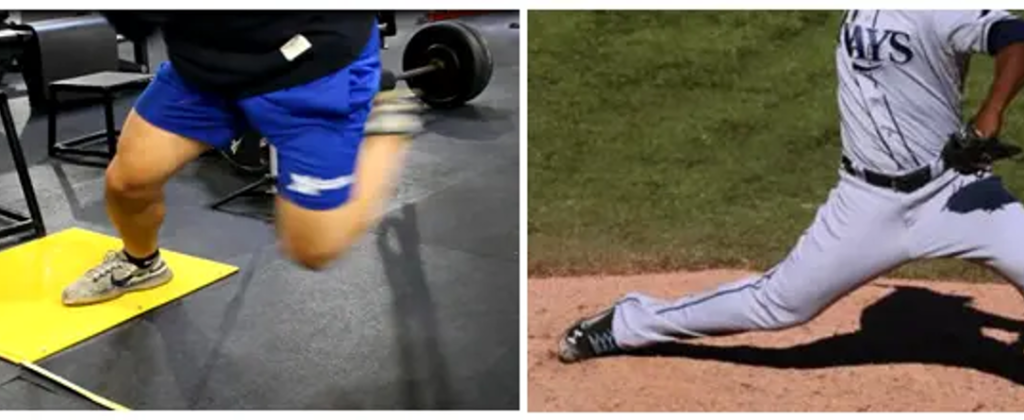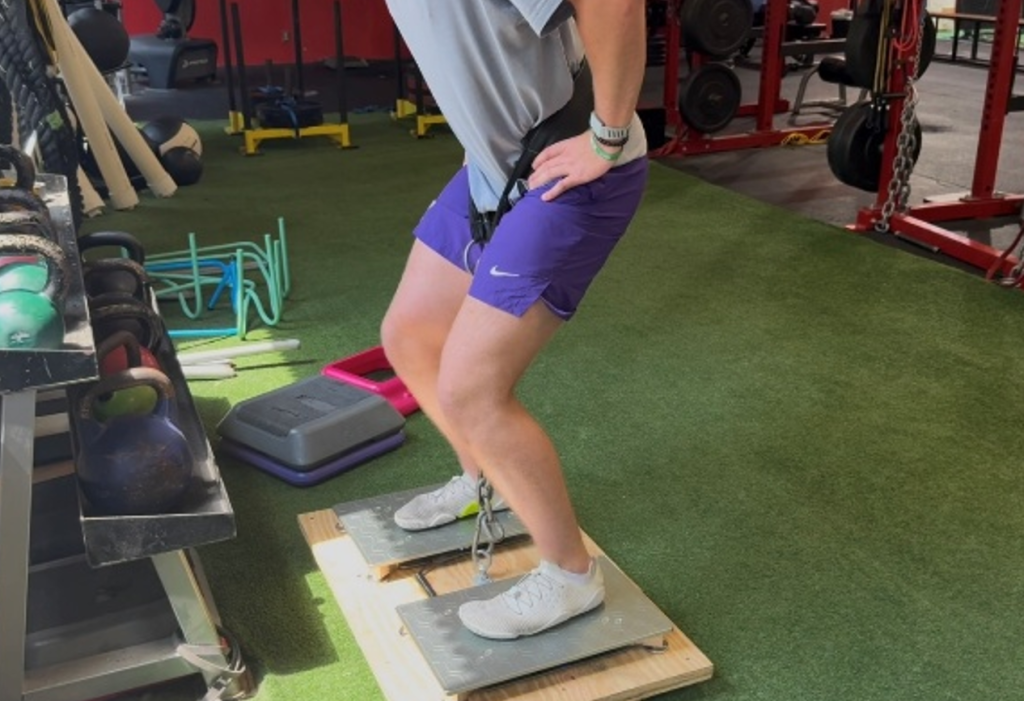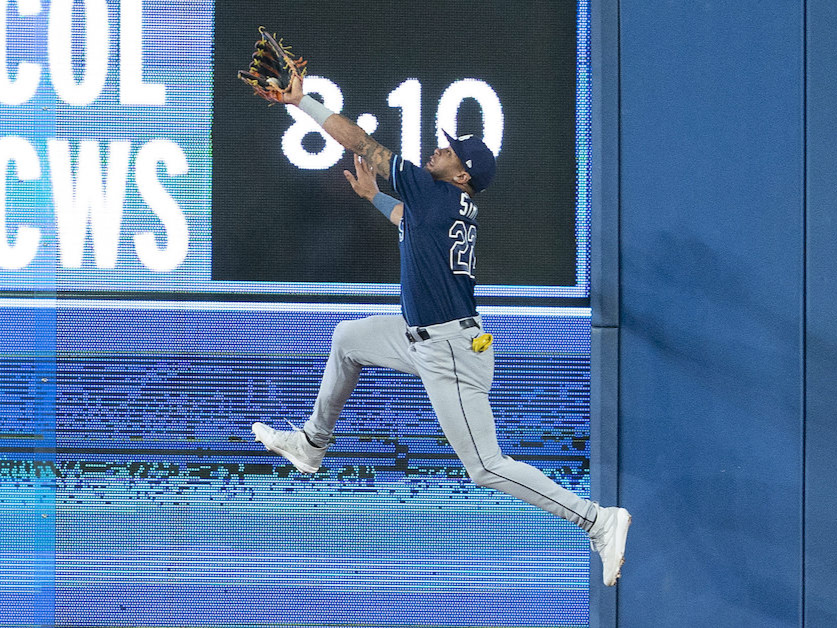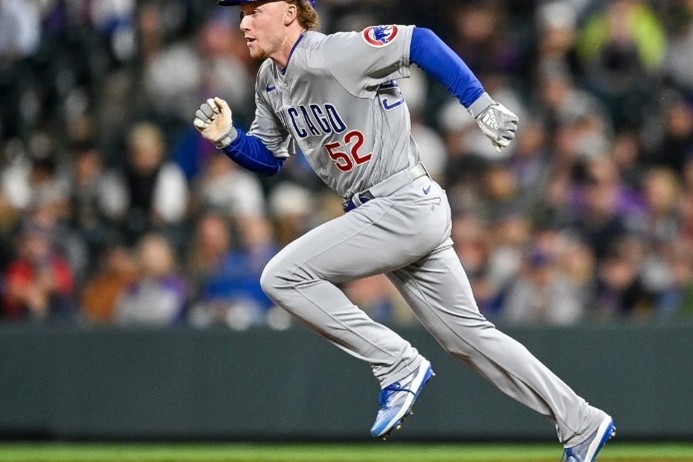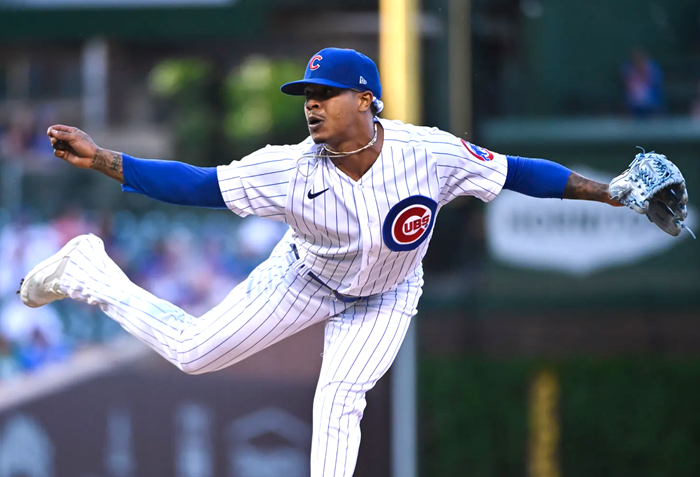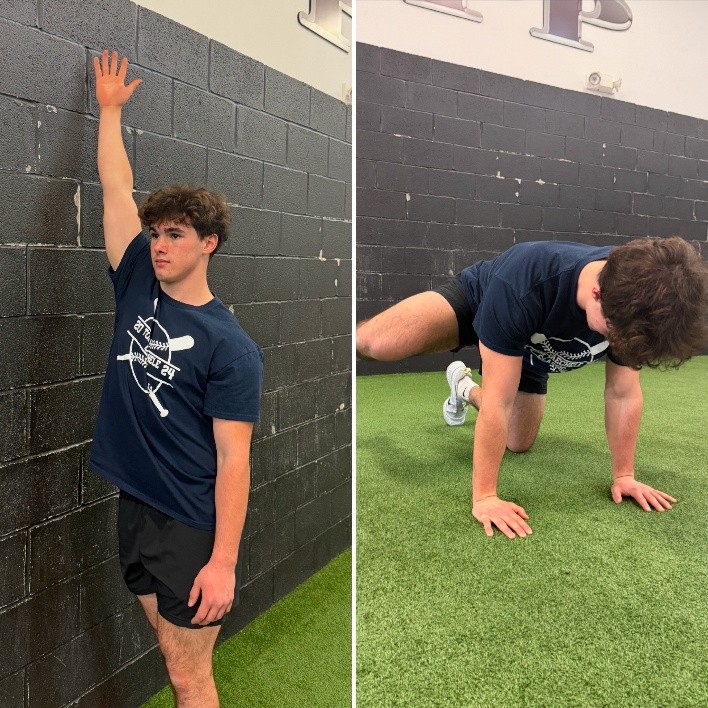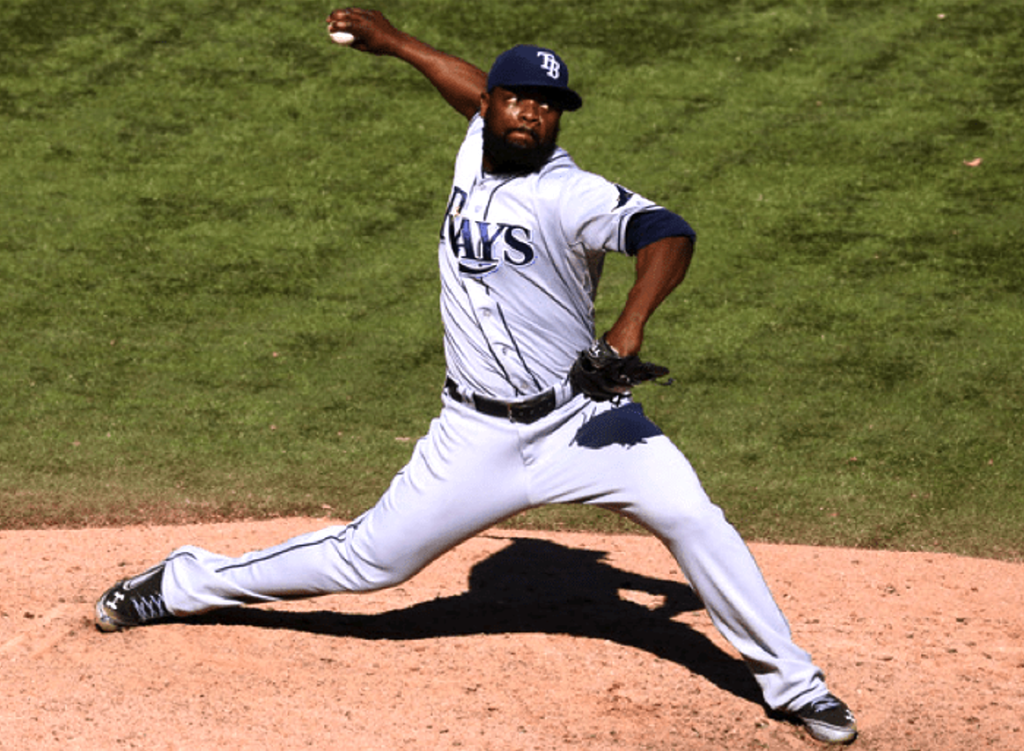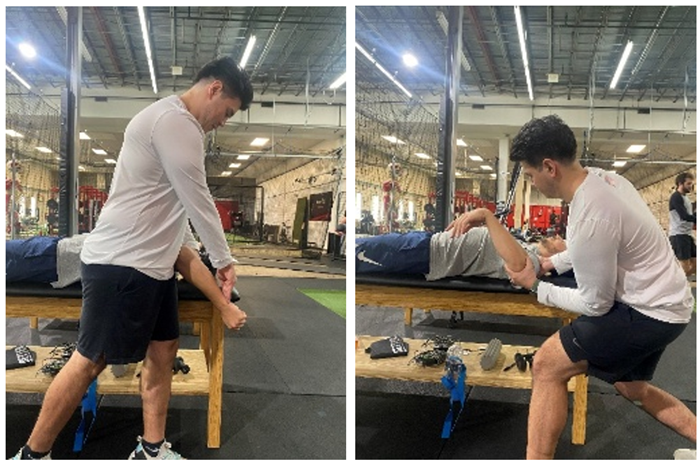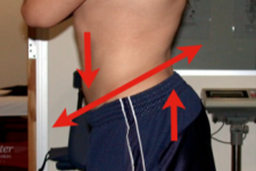
Anterior Pelvic Tilt is a condition in which the front of the pelvis sits lower than the back of the pelvis, creating a forward rotation and causing the chest/ribcage to be situated upward with a pronounced curve in the lower spine. It is seen as an epidemic in today’s world, with the leading theories as to the cause being lifestyle changes, a large amount of sitting and slouching in the workforce, poor posture in children watching television or using cell phones, as well as tight hip flexors and weak gluteal muscles.

